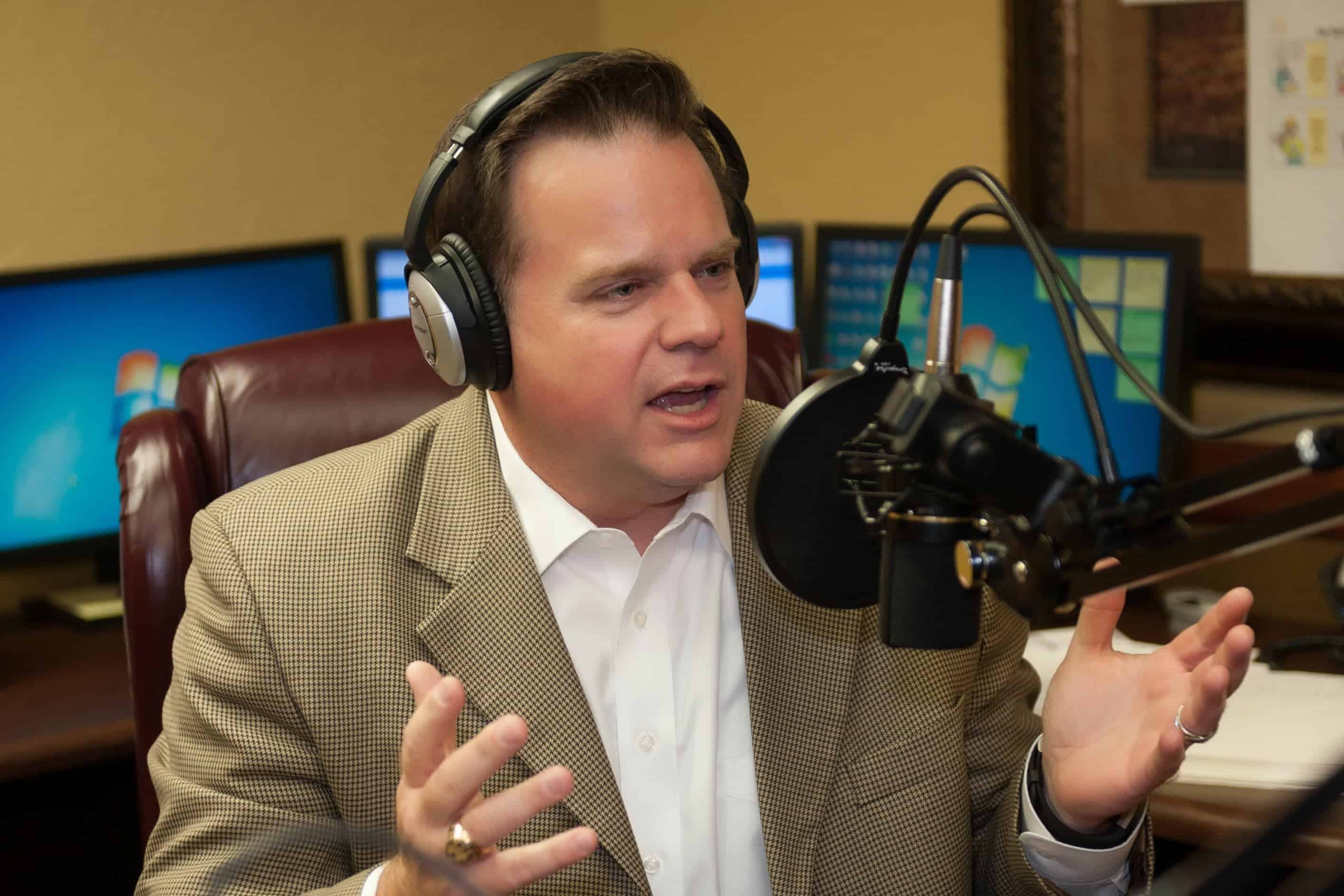The focus of my articles has been the creation of great value in the lives of the readers. Many of our articles focus on the financial and planning aspects of life. This one is a little different in the terms of investing in yourself.
Many of us would agree that it doesn’t matter where you start in life to determine if you’re successful. It is always the activities and decisions between birth and death that define success. In that regard, it is the proper environment of economic, social and familial contributions that provide a proper society to allow for your growth as a leading society in the world.
Recently, we have developed as a nation that lacks the unity required to maintain our status as a world economic power (this article will disregard military implications and scenarios since it is not my expertise). Differing ideas and philosophies of social services and generational paradigms cause us to forget our reasons for founding this wonderful country. One of the basic premises of building a society that allows its citizens to thrive is the belief that all men are created equal. This unity in freedom is the foundation for our economic wealth in the United States of America.
As an entrepreneur, it is imperative that we develop a service or product that delivers great value to the marketplace. One of the means for which the marketplace grows in its own wealth is through the robust economy we develop. Think about some of the less developed countries on the globe. They lack simple public services such as drinking water in ample supply, food, shelter that is affordable and medical care that is designed to increase their happiness in life. We possess all the benefits of our society and a great financial economy through a stable a banking system that is liquid and allows for its customers to borrow with reasonable terms.
One of the phrases I have heard during my adult life is that “a rising tide raises all boats in the harbor”. To define this phrase in business terms, it is critical that some of our citizens generate capital through products and services to provide jobs for the mass of our fellow citizens. The disruption we experienced during the pandemic has been a challenge to return to “normal”. It is a challenge that we will overcome to create the greatest economy in the world once more.
First, we must not waste our natural resources but rather utilize them in an efficient and effective manner to generate the value we seek. In the current social environment, it is difficult for me to understand the elimination of any aspect of our energy production for the sake of another person’s idea of conservation of resources. For example, wind energy is a great augment to our current power grid of electricity. However, it is not sustainable as a primary source by itself.
Second, every member of our society is afforded opportunities to improve himself. Our country is known for the life improvements gained by valid immigrants who see the opportunities in the United States of America that aren’t available in their homeland. Having traveled our country extensively, I have been honored to meet many of these very successful people who are grateful for the opportunity of wealth that has been afforded them because of our country’s freedoms and rights.
To reach our potential as a country and an economy it is vital that we all recall those beliefs and traits we all share – freedom to live in the manner we desire without government mandate of religion, business and other aspects of life. The division facing our country can be healed if we the people will focus on the overall good that life brings when we all work together. I am strong proponent for the capitalistic system of our economy. For those who wish to achieve financial independence, you can do so in the United States of America. For those who wish to live a different lifestyle in a more modest means, that, too, is your choice and available.
Think about the great freedoms and rights we hold as citizens of the greatest country on the planet. Join minds, hearts and hands and let’s bring back the powerful traits of unity and freedom to all Americans. You will find that success awaits us when we are stronger together!

















